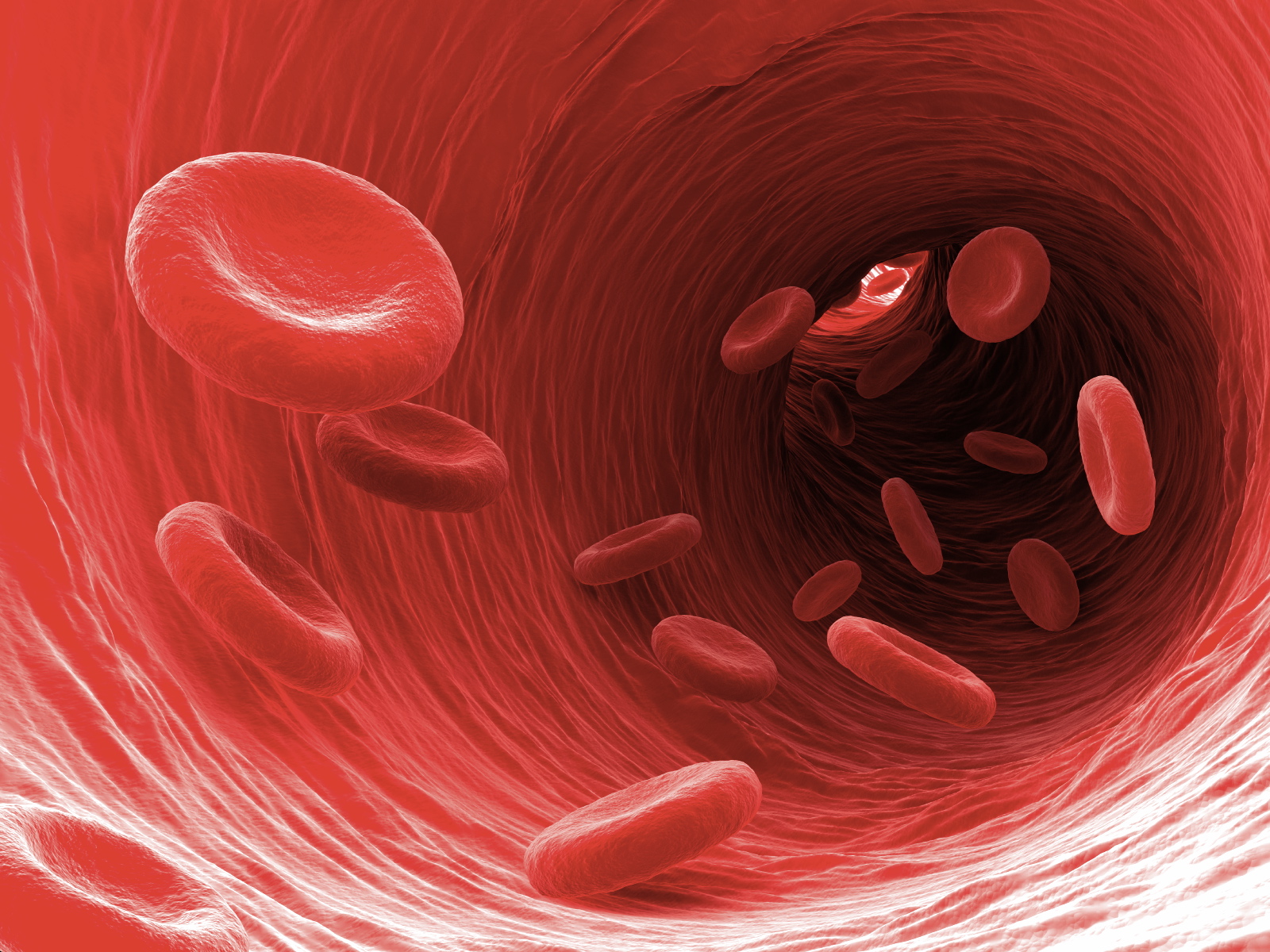
In the past decade, there has been a renewed interest in the therapeutic potential of psychedelic compounds, with preliminary findings indicating promise for drugs including LSD, psilocybin and ibogaine in combating treatment-resistant depression, post-traumatic stress disorder and anxiety in people who have cancer. Writing in Nature, Cameron reports the synthesis of a non-hallucinogenic analogue of ibogaine that could have the potential to treat addiction and depression.
Set out to engineer an ibogaine analogue that retained its therapeutic potential but had less-severe side effects. The group subsequently synthesized ibogaine analogues that retained their tetrahydroazepine ring and growth-promoting effects, but had more favourable toxicity profiles.
Cameron and colleagues used established assays in rodents and zebrafish to compare TBG and ibogaine.
They showed that TBG had lower hallucinogenic potential than ibogaine, as measured by its propensity to elicit head-twitching behaviour in mice.
Together, these data indicate that TBG is probably a much safer alternative to ibogaine, although more studies will be needed to fully understand TBG’s toxicity across a range of doses and in acute or chronic dosing regimens.
Next, the group evaluated TBG’s potential therapeutic properties. TBG had rapid antidepressant-like effects on immobility behaviour just one day after treatment, to a degree comparable to ketamine, a rapidly acting antidepressant.
TBG’s effects were not as durable as those of ketamine one week later. Future studies should assess whether TBG’s antidepressant-like effects could be extended by modifying the dosing regimen or combining it with other interventions.
Tested whether TBG could modify opioid and alcohol use in two rodent models of addiction. TBG treatment reduced alcohol consumption rapidly, with sustained effects lasting at least two days, comparable to effects often observed with other anti-addiction drugs.
In this setting, TBG caused a rapid reduction in heroin consumption.
Perhaps most compellingly, Cameron and colleagues found that TBG effectively eliminated relapse in rats that had been subjected to heroin withdrawal for 12-14 days after TBG treatment.
This remarkably durable protection from relapse is rarely observed after a single treatment with other drugs, and suggests that TBG might be especially useful for reducing relapse behaviour in people recovering from drug addiction.
Of note, TBG treatment also rapidly reduced sucrose-seeking behaviour in rats. This finding suggests that TBG could be acting acutely, not to diminish the rewarding properties of drug abuse, but instead to modulate learnt behaviours more generally. This is an equally interesting alternative explanation that suggests TBG could be useful for modifying a variety of habitual behaviours, and remains to be explored.
How does TBG work? The authors showed that it potently activates the serotonin 2A receptor protein.
Co-treatment with ketanserin, a 5-HT2AR inhibitor, blocked TBG’s effects on immobility in the forced-swim test, implicating this signalling pathway in the drug’s antidepressant-like properties.
The growth-promoting effects of TBG on neurons were likewise blocked by ketanserin.
These findings raise the intriguing possibility that TBG acts rapidly through a 5-HT2AR signalling pathway to produce therapeutic behavioural effects, which might then be sustained through effects on neuron growth and plasticity, as has been observed in studies of ketamine. Cameron and colleagues’ work builds a foundation for future investigations into whether TBG and other ibogaine analogues can be used to treat addictions and depression.
Extensive studies in other animal models, and later in clinical trials, will be needed to elucidate how TBG works; to understand the relationship between drug dosing, therapeutic effects and adverse side effects; to establish safe and effective dosing regimens in humans; and, ultimately, to confirm its clinical efficacy.
Researchers Are careful to emphasize that this report is just a first step in that direction, not an invitation to immediately begin using TBG, ibogaine or related compounds in the clinic or in unsupervised settings.
